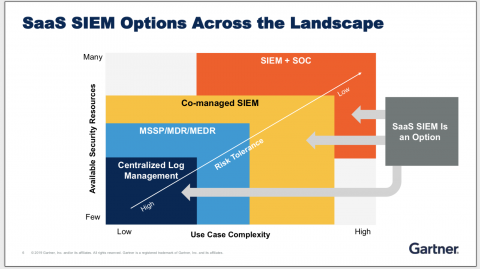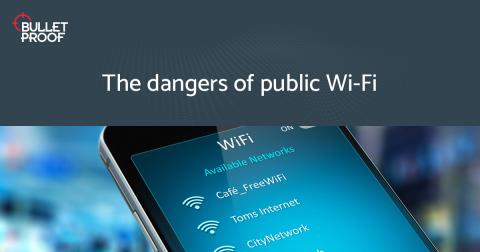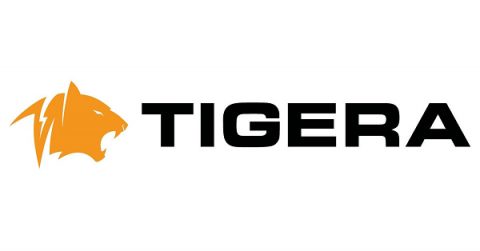State of Cybersecurity Today
Today, the majority of our critical systems are intertwined with each other and are administrated by/through computers. Many decisions are automated and our lives are to some extent reliant on IoT connected devices. A great deal of our data is on cloud storage facilities and almost all of our personal data is stored in a device that has internet connection. The connectivity and complexity of these systems make them vulnerable. That is why cybersecurity has been gaining more and more importance.








